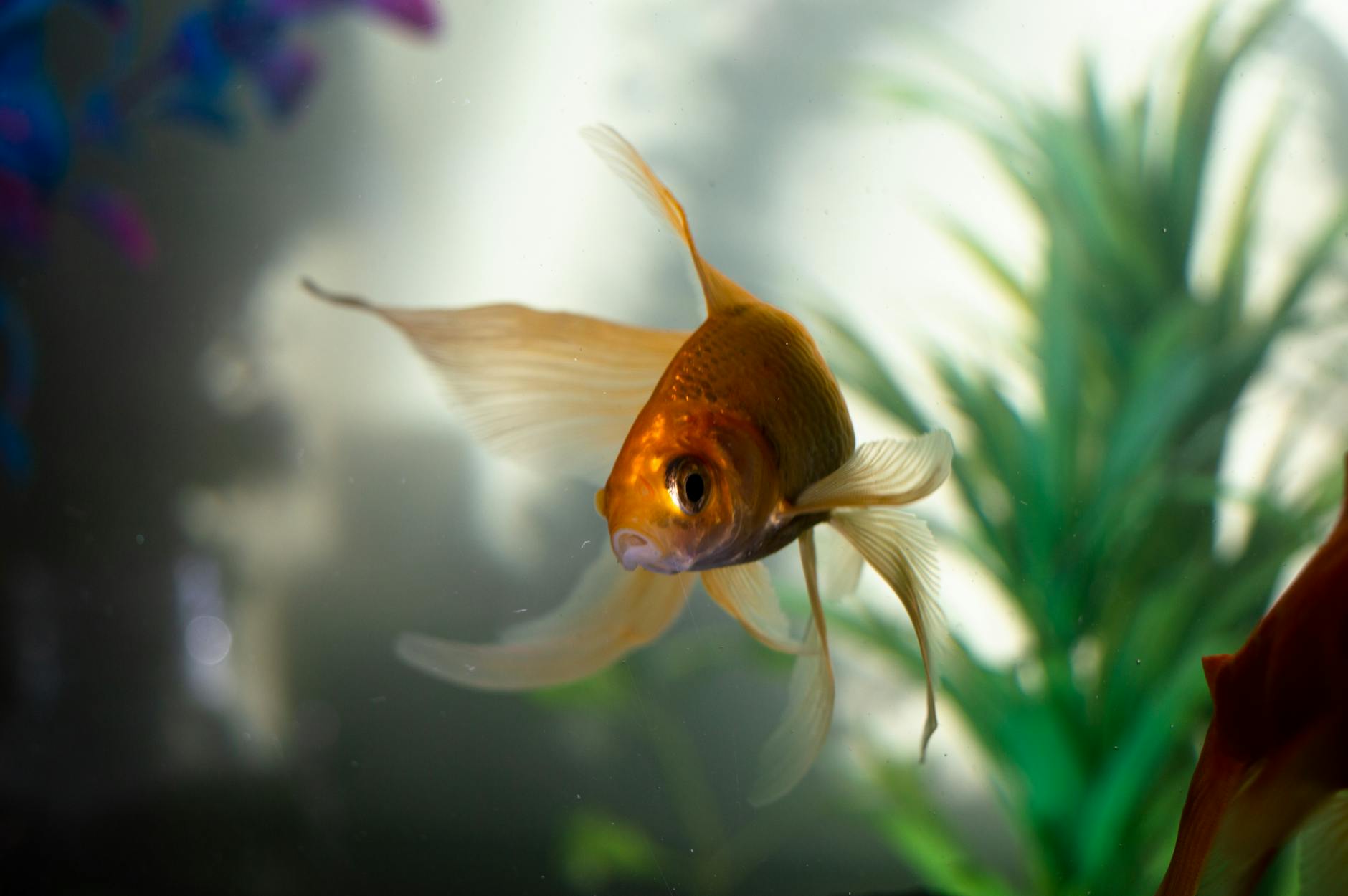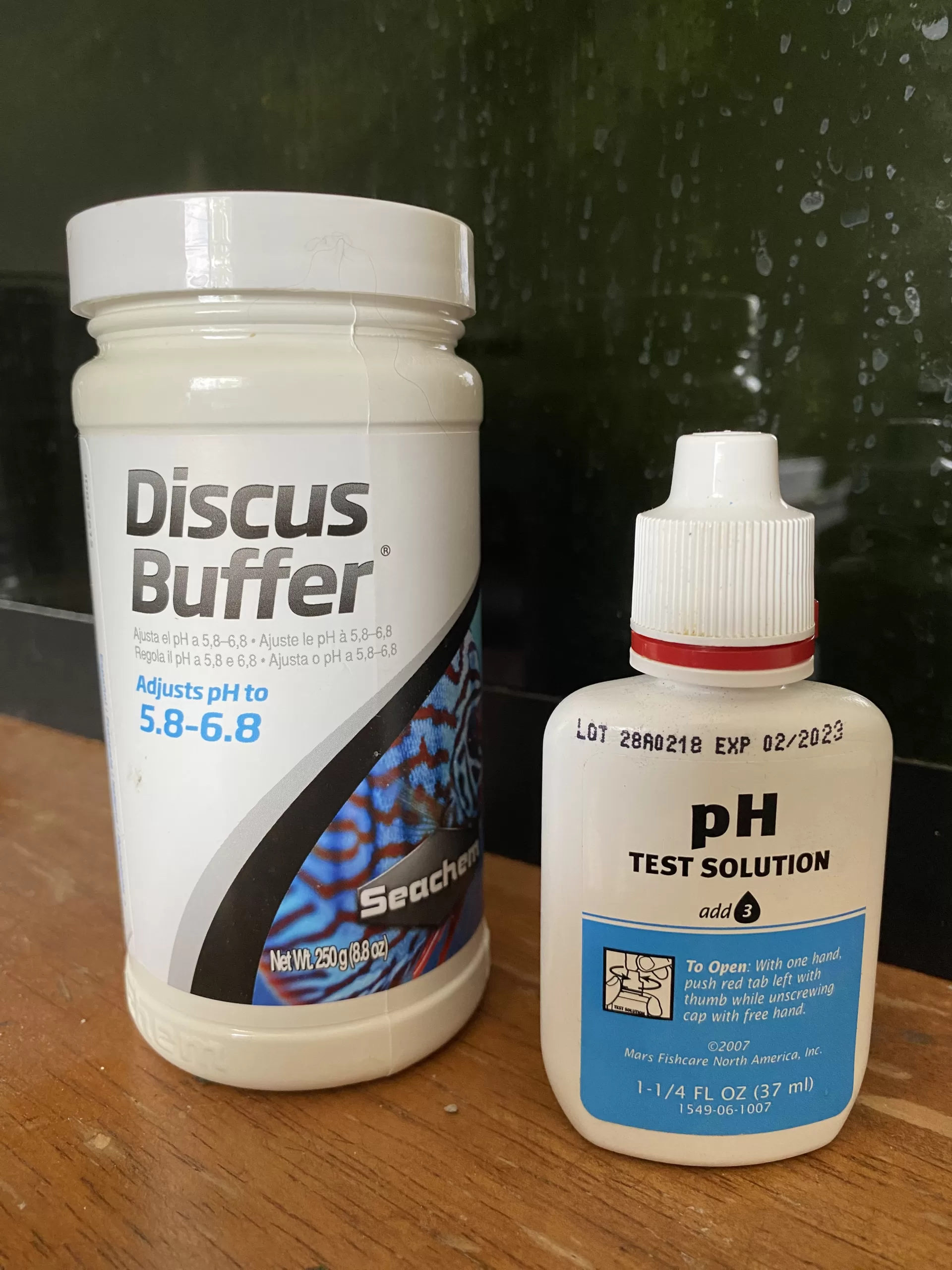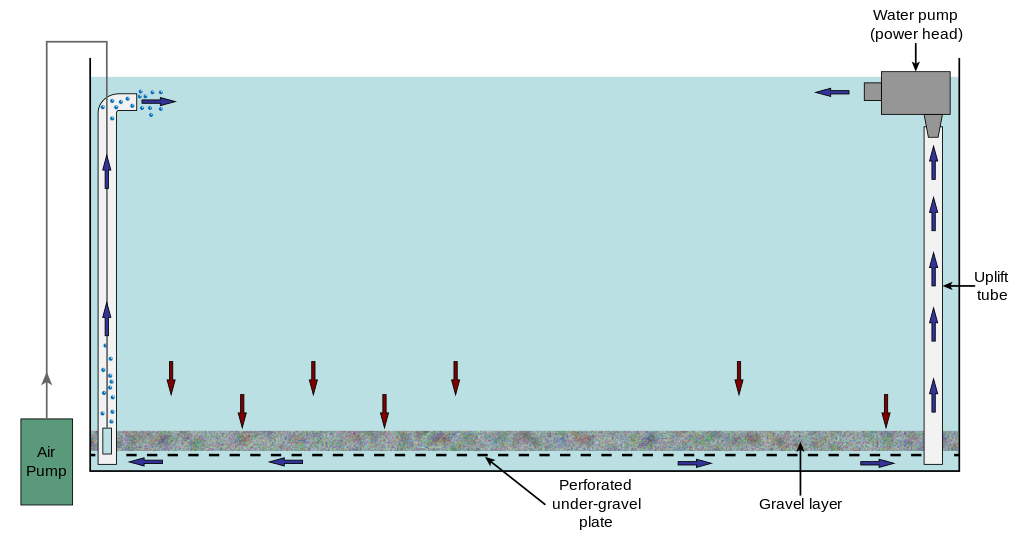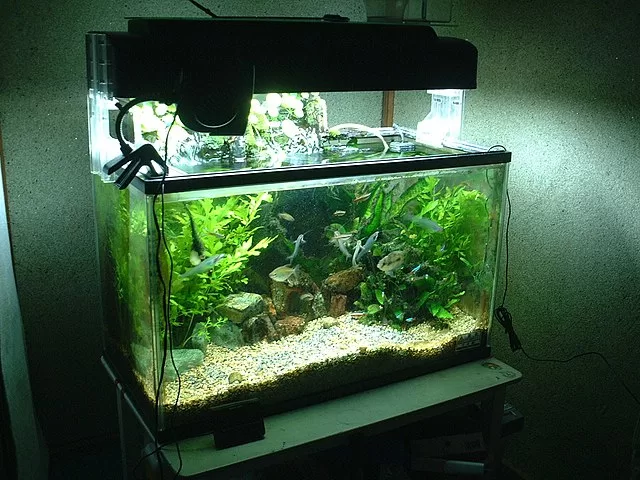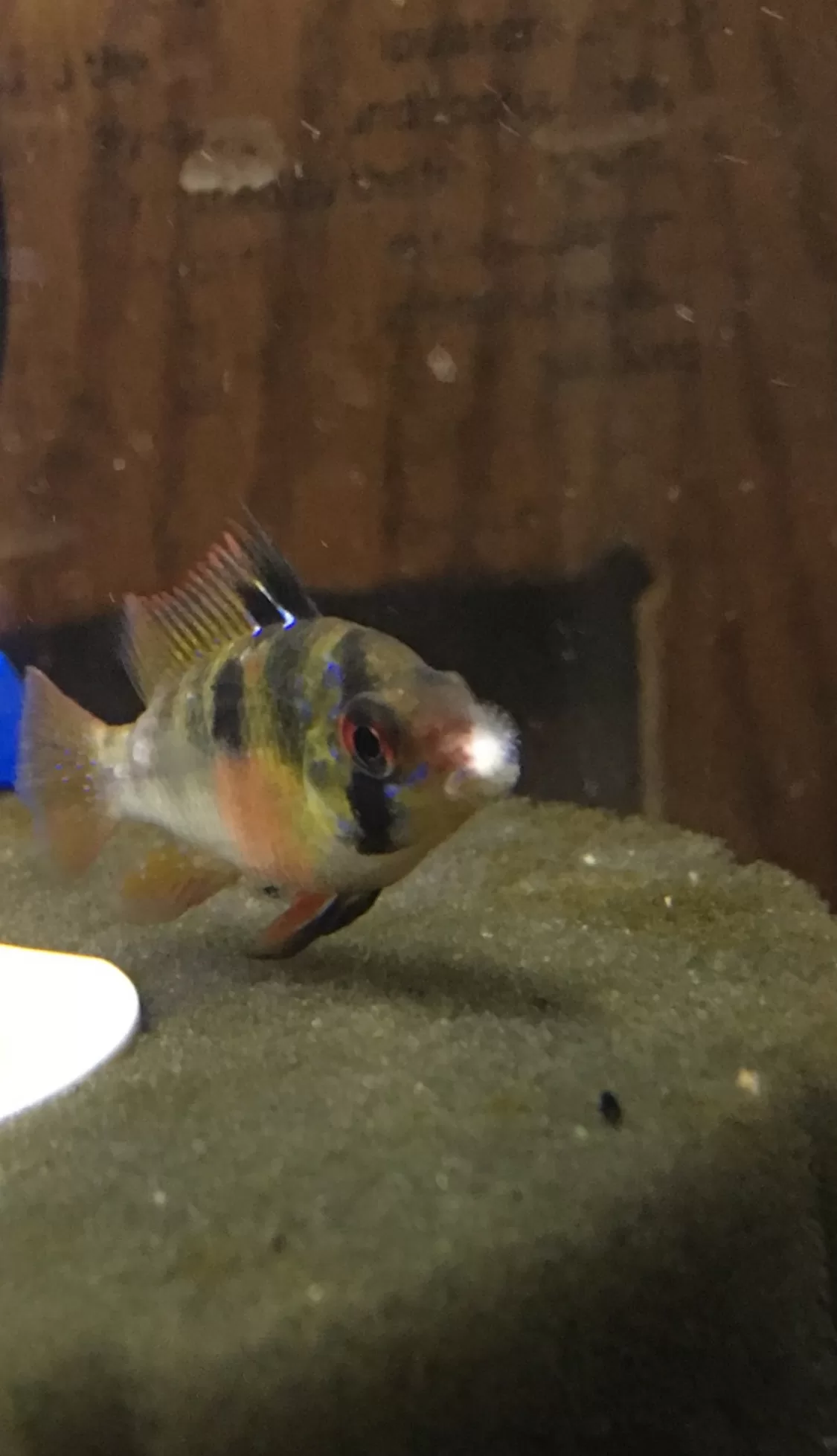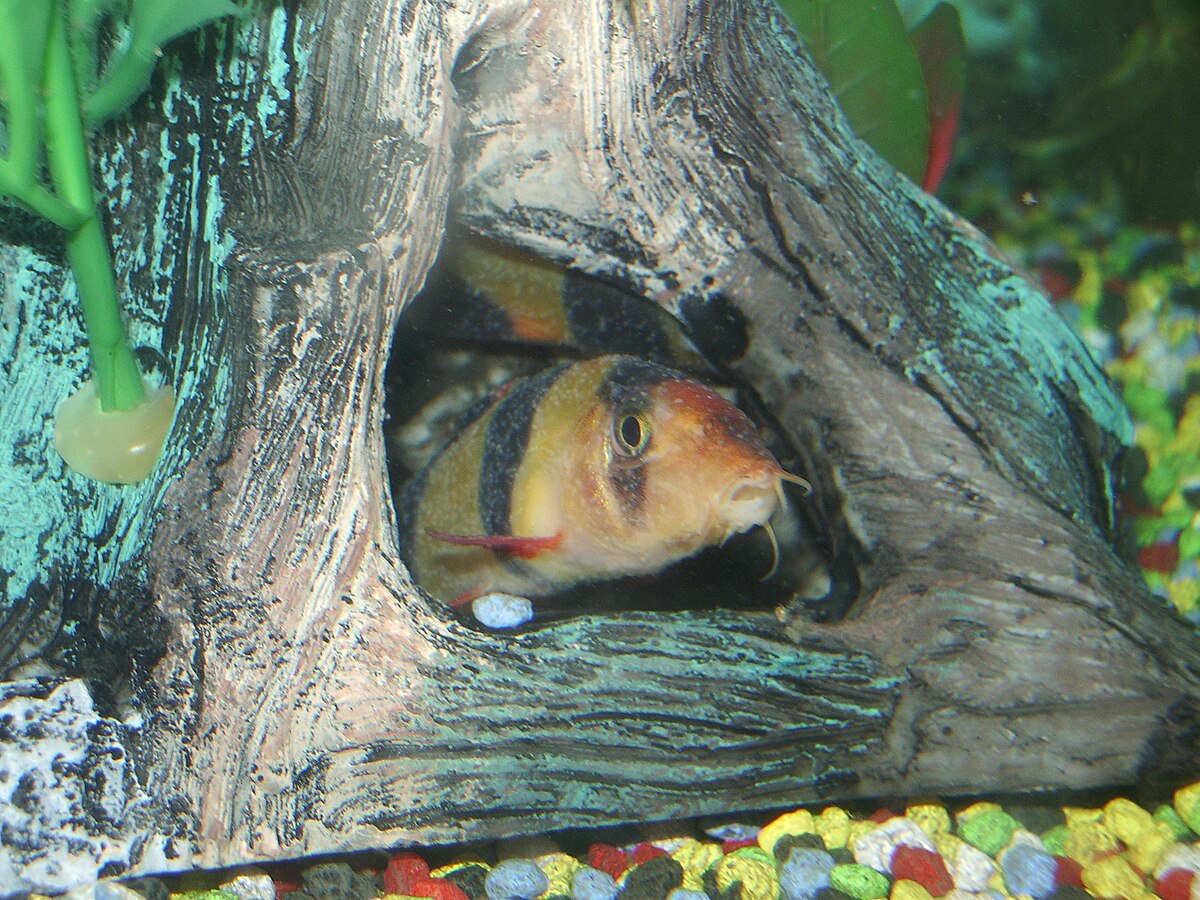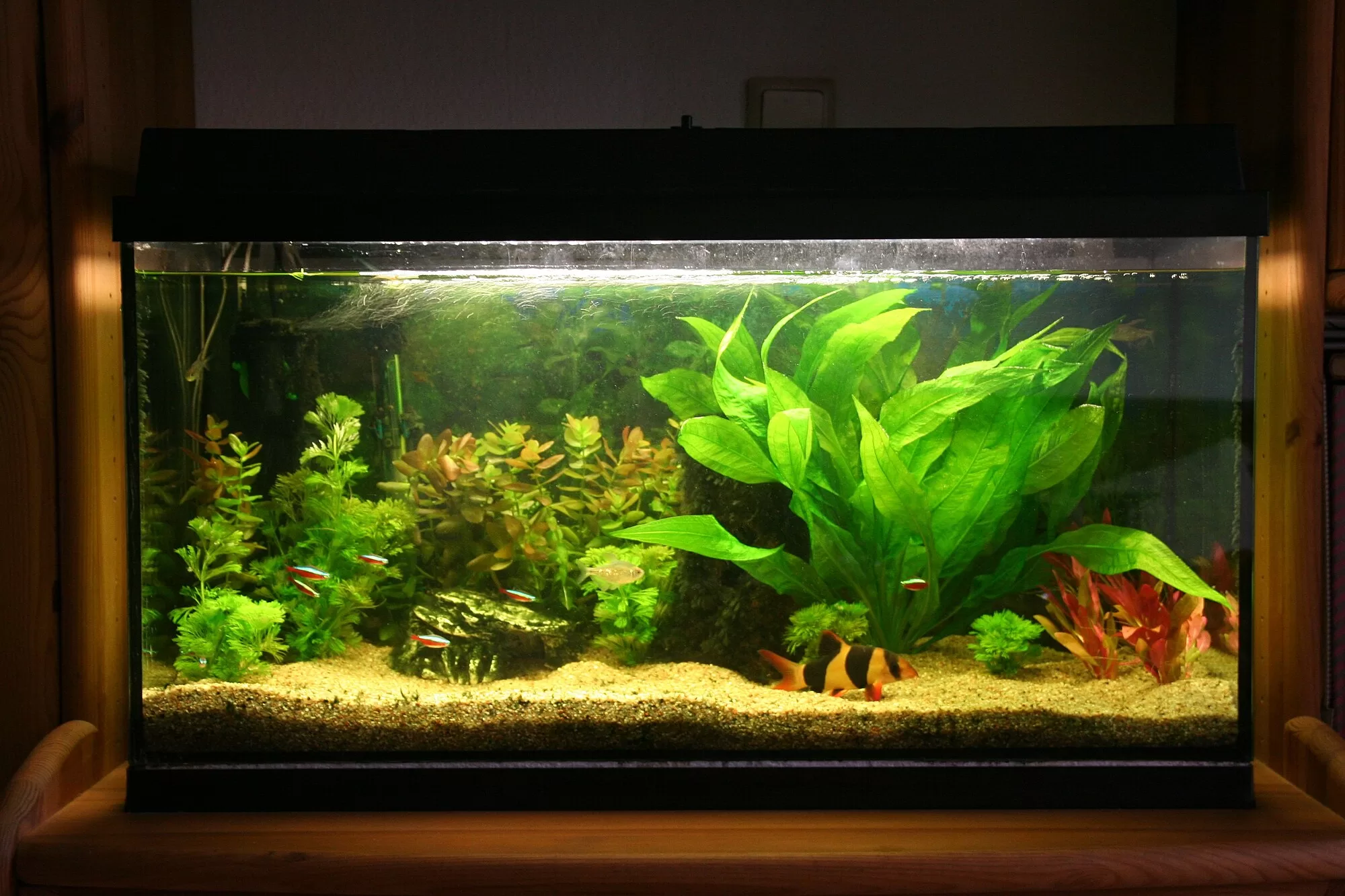Maintaining an aquarium involves a lot of moving parts so to speak. One of those moving parts is TDS, or total dissolved solids. As a Blue Ram breeder, this measurement is important.
Under certain circumstances you might need to lower the TDS in your aquarium. This guide will teach you all about total dissolved solids, and when you might need to make adjustments.
Understanding Total Dissolved Solids in Aquariums
Measuring TDS, which requires a TDS meter, measures all dissolved organic and inorganic substances in your aquarium’s water. This involves minerals, nitrogen, contaminants, etc.
As a Ram breeder, I am mostly concerned about dissolved minerals and organic waste when I am trying to lower the TDS. This is because Rams do best at a low TDS and the hatch rate is much better.
Why Lower TDS Matters:
If your TDS is too high, it can impact aquatic life, including plants. Specifically, a high TDS can interfere with osmosis and hydration in fish. It can also interfere with nutrient uptake in plants. One example is that it can cause water haziness, thus interrupting photosynthesis by blocking the light.
However, you also don’t want it to be too low for plants because that would indicate that there are low nutrients in the water.
Effective Strategies to Reduce TDS Level:
- Reverse Osmosis (RO) Filtration: An RO system is by far the easiest and most effective way to lower your TDS. Reverse osmosis filters water through a semipermeable membrane, which removes pretty much all dissolved solids. When working properly, this type of water filter should reduce TDS to zero.
- Regular Water Changes: As long as your tap water doesn’t have a high TDS, using frequent water changes can dilute and lower the TDS in your aquarium. The frequency and volume of your changes will depend on your taps TDS and the desired levels you want in your tank.
- Moderate Feeding Practices: Overfeeding can contribute to the organic waste in your aquarium, which is included in a TDS measurement. Only feeding appropriate amounts will limit the effect on your TDS and keep it lower.
- Use of Deionization (DI) Resin: Typically, reverse osmosis filters also include a deionization filter. This is usually referred to as RO/DI. Most RO systems include several different chambers, other than just the reverse osmosis.
- Rain Water: Rain water naturally has a low TDS, therefore it can be used to lower your aquariums TDS. Be sure to check your local laws! In some states it’s illegal to harvest rain water.
Monitoring and Maintaining Low TDS
To measure and monitor your total dissolved solids, you’ll want a TDS meter. That is the one that I use, all you do is turn it on and submerge the top into the water. It gives a pretty quick reading and it’s that simple. This one has lasted me years.
Summarizing Aquarium TDS
Total Dissolved Solids, or TDS, in an aquarium is a measurement of all organic and inorganic substances within the water column. Some specific examples of what this measures include nitrogen, metals, salts, and minerals.
Under certain circumstances, it may be necessary to lower your TDS. By following the methods above, you can effectively reduce your levels the correct way.

